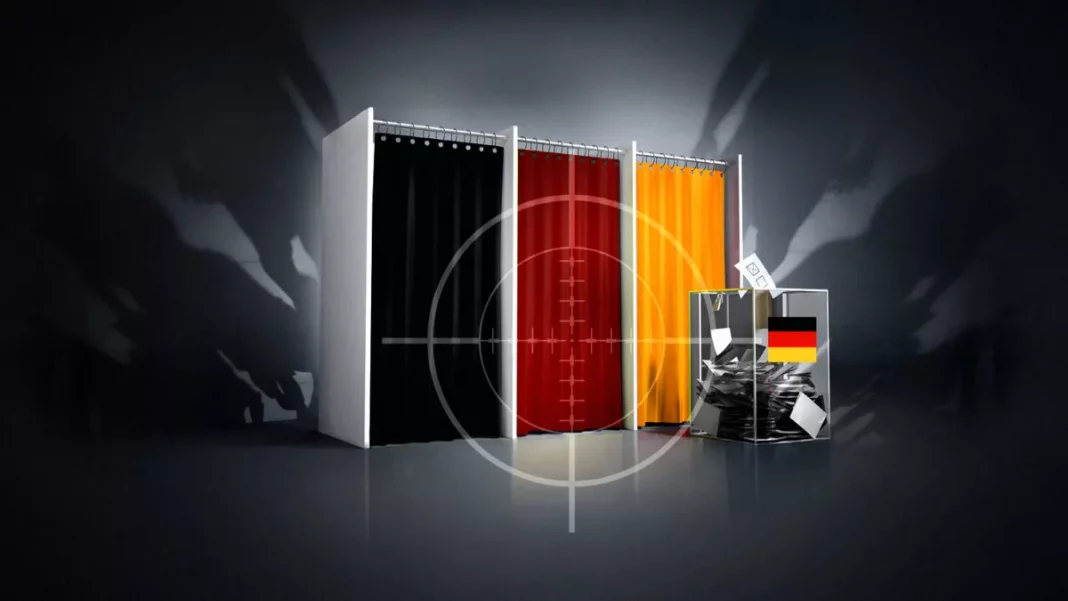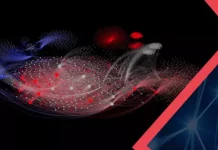By EUvsDisinfo
Pro-Kremlin outlets are focusing their attentions on the imminent German Bundestag elections, with narratives stoking tension and division in society. The patterns we highlighted in our recent article continue, and remind us of what we saw at the time of the Olympic Games and the European Parliament elections, tactics such as Doppelganger campaigns, hijacking credibility from reputable outlets, and smearing prominent political leaders with fake videos, social media posts, and other false material.
Meddlers alleging interference
One such operation involved a post on X on January 28 featuring fabricated videos and an image impersonating legitimate news outlets. These falsely alleged that the political parties CSU and Freie Wähler were censoring media and interfering in the election. The videos, posted by the likely inauthentic X account @Olamilekanjose5, claimed that YouTube had blocked the T-Online channel under political pressure, that Freie Wähler-linked hackers had manipulated Meta’s ad system, and that the CSU was spending €230,000 daily on DDoS attacks. Additionally, fake newspaper covers circulated online, blaring the false claim that the elections were “for paedophiles.” This claim built on earlier narratives spread by pro-Kremlin media that the German government plans to legalise paedophilia.
Targeting not just the Greens
Within hours, the post had been amplified through a coordinated network of at least 149 inauthentic accounts, generating over 16,500 views in less than 24 hours. The tactics used—including impersonation of reputable media, audience segmentation, and mass bot amplification—match those of the “Matryoshka” tactic, a long-running pro-Russian disinformation campaign. Initially focused on attacking the German Greens, this latest wave of fabrications has expanded its targets to other parties.
Art, Ukraine and fabricated corruption
Two days later, on January 30, another covert operation targeted the German elections, this time combining fabricated corruption allegations with anti-Ukraine narratives. A German-language website, nrtv.online, published an article and video falsely claiming that the Green Party politicians Robert Habeck and Claudia Roth had been involved in a scandal over missing paintings from Berlin’s Gemäldegalerie Art Museum.
The article alleged that, following a 2024 visit by German and Ukrainian officials, water damage mysteriously destroyed inventory records, allowing 50 valuable artworks to vanish. It further claimed that Ukraine had acquired and resold the paintings, linking the disappearance to financial transactions involving the Ukrainian National Bank and the United24 fund. To reinforce credibility, the video included an anonymous “gallery employee” making vague allegations, a classic disinformation tactic designed to evade verification while creating an air of authenticity.
Another long-running campaign
The website hosting the article, nrtv.online, is itself a pro-Russian disinformation asset, created in November 2024 and previously linked to the “False Facade” campaign, a long-running influence operation identified by the investigative outlet Correctiv.
Another example of attempted interference, using the tactics of the Doppelganger campaign, published a fake story on a typo-squatted domain impersonating the Der Spiegel website. The story claimed that green energy policies were suffocating German businesses, that relations with Russia should be restored so companies could regain access to cheap energy, and that the main candidate of the Alternative für Deutschland (AfD) party was ready to make this happen.
State outlets keep their hands (somewhat) clean
These covert attempts at interference differed from official Russian state media in what narratives they chose to spread. Kremlin propagandists know their audience well and value the idea of plausible deniability. While fake websites spread internet whisper campaigns, the major outlets tried hard to keep their hands clean by pretending to report ‘factual’ news.
Yet even on state media the Russian desire to promote one party in particular was evident. English- and German-language articles carefully cited AfD proposals to lift economic sanctions and to repair the Nord Stream pipelines. A TV report in Russian echoed these points, adding that the AfD opposes Ukrainian membership of NATO and the EU.
Only one anti-fascist party in Germany… Really?
Occasionally pro-Russian commentators could not help themselves. For example, the Russian main state news agency RIA published an op-ed preaching German doom-and-gloom opining that the AfD was the ‘only anti-fascist party’ in Germany, because it wants to cease support for so-called “Kyiv Nazis”.
Calling a spade a spade
The positive coverage of AfD was rivalled only by that given to Sahra Wagenknecht, head of the BSW Alliance. Wagenknecht had been in the Kremlin doghouse for calling Putin a criminal back in December 2024. With the German elections approaching, pro-Russian outlets have warmed up to her again.
They gave extensive coverage to her statement during a televised debate claiming she could not travel to Ukraine because Ukrainian officials had threatened to kill her. It was not clear what she was referring to, but pro-Kremlin outlets naturally rushed to publicise the claim.
An opinion piece on the German language version of RT [Russia Today] summed up the pro-Kremlin editorial stance on the elections: ‘So far there are only two parties that are shaking up the sanctions: AfD and the BSW (…) All the other parties (…) want to “carry on as before”, or even expand the sanctions, such as the CDU and CSU.’ Not a direct endorsement, but close to one.
Pro-Kremlin outlets like RT DE can pretend to be respectable and neutral, but it is clear where their allegiance lies.
Don’t be deceived!
By EUvsDisinfo





